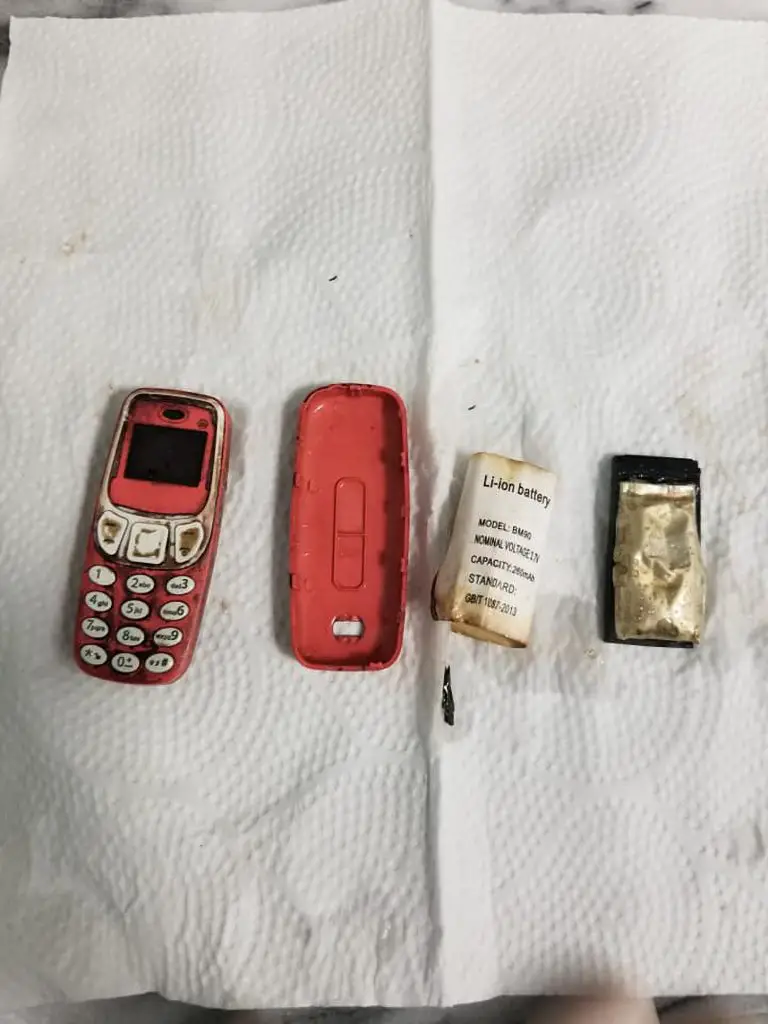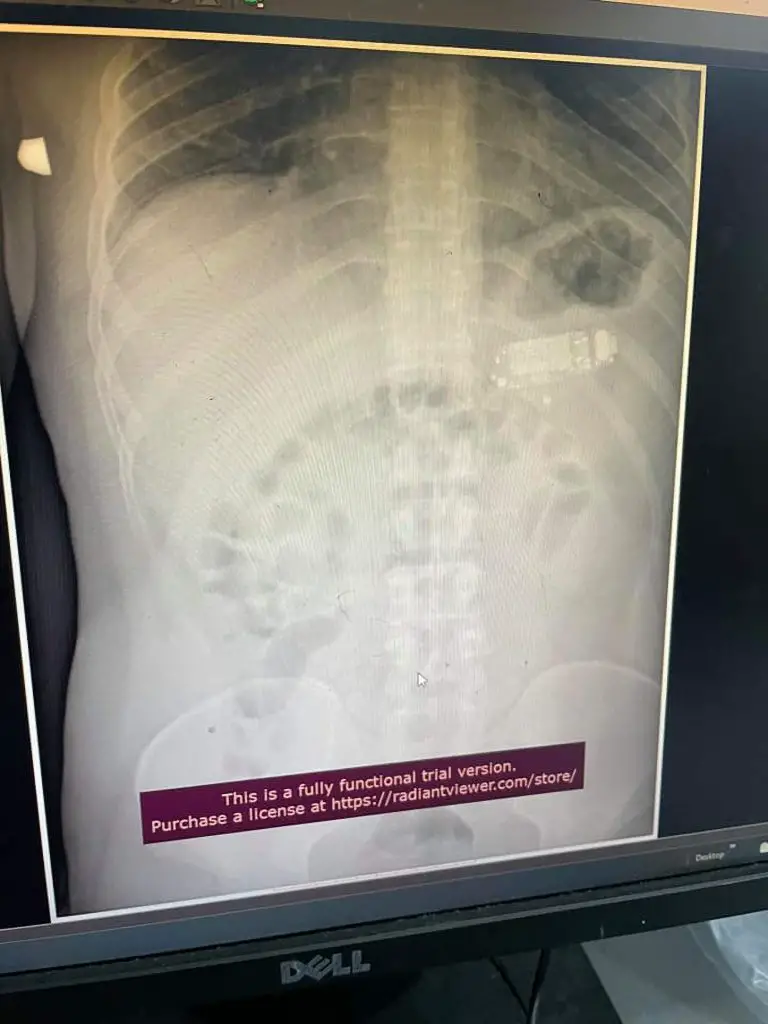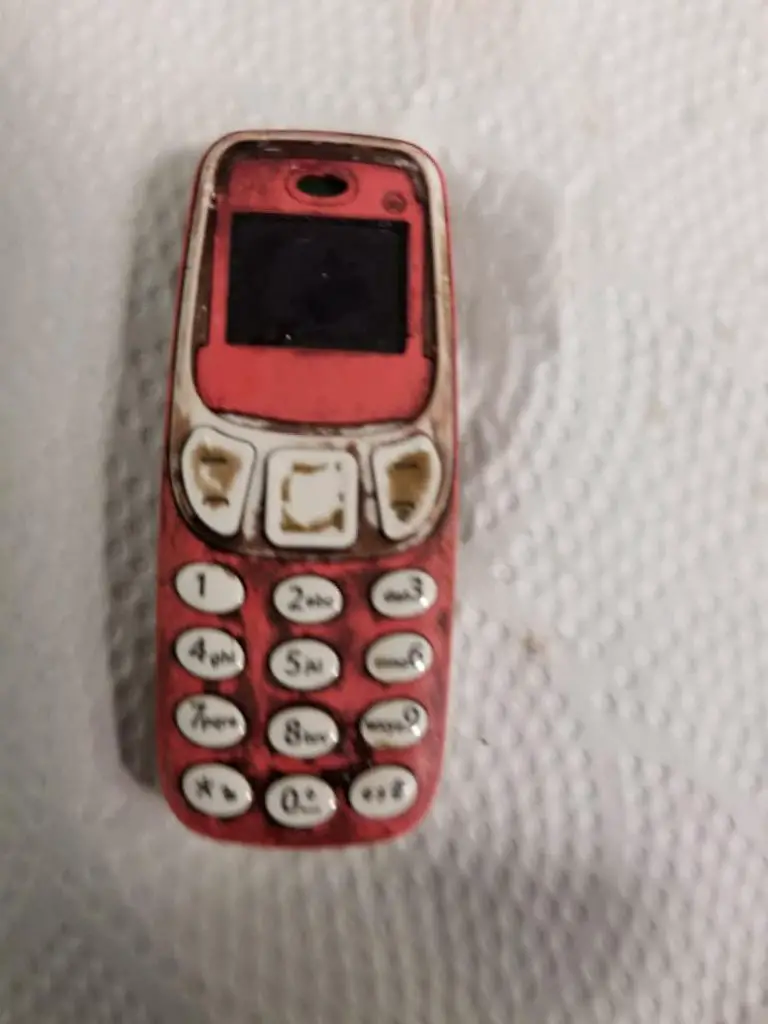This is the moment doctors successfully remove a mobile phone and its potentially life-threatening battery from a man’s stomach four days after he decided to swallow it for reasons he wasn’t willing to discuss.
The 33-year-old man from Kosovo’s capital Pristina spent four days in pain after he swallowed a Nokia mobile phone on 26th August.
Doctor Skender Telaku carried out one of the most bizarre operations of his career on 30th August after a scan confirmed that the patient, who wasn’t named, spent several days with a mobile phone lodged in his system.

Telaku told local media: “I got a call about a patient who swallowed an object, and after carrying out a scan we noticed that the phone had split into three parts.”
The doctor immediately knew that the patient swallowed the phone on purpose as the device was too big to ingest by accident.
However, Telaku said the patient refused to reveal why he swallowed the phone.

He added: “Out of all the parts, it was the battery that concerned us most because it could have potentially exploded in the man’s stomach.”
Mobile phone batteries contain an array of toxic chemicals including flame retardants, heavy metals like lead and tin whilst some older models even contain mercury.
As seen in the footage, Doctor Telaku and his team used a tiny camera to locate the device which they then spent two hours trying to remove.

The doctor said they pulled the mobile phone out of the man’s stomach the same way it went in – through his mouth.
Doctor Telaku told Newsflash that for legal reasons the amount of information that he can give about the patient is limited and as result, it is not clear what the current health status of the 33-year-old is.



